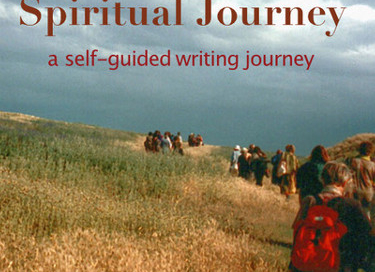2020 In Review – Books
When I saw on Facebook that my poet, writer and writing mentor friend Susan Olding keeps a running list of books she’s read, I figured I could admit that I do the same. She categorized her 2020 reading list and has been posting the lists separately. Thank you for the inspiration Susan! Susan credits poet and professor Tanis MacDonald with her inspiration – a poet I haven’t seen since my Toronto days but I’m glad we remain connected through various poetic threads.
Last year, I was happy to support local bookstores including Windowseat Books in Nanaimo; Fireside Books in Parksville; and Salamander Books in Ladysmith. There are several more to support including Well Read Books in Nanaimo (where I donated books) and when it’s okay to travel out of our area again, it will be worth the trip north and south to check out independent bookstores.
Sarah ordered books from Russell Books in Victoria and it is possible to order online from other independent bookstores. In some cases, you can order directly from the publisher such as House of Anansi where I ordered their Heartfelt-Reads Bundle including Emily Urquhart’s memoir which I’ve noted below in the “memoir” category.
I was glad to continue to support fellow writers and publishers through several reviews I wrote. You’ll find the links below.
And there was our local library open again following the spring closure so we could request books online or have a gaze along the one aisle of books that are available.
I usually have a few books on the go at the same time as I read different things at different times of the day. Poetry is usually for the morning. While I continue to read individual poems, these are […]

